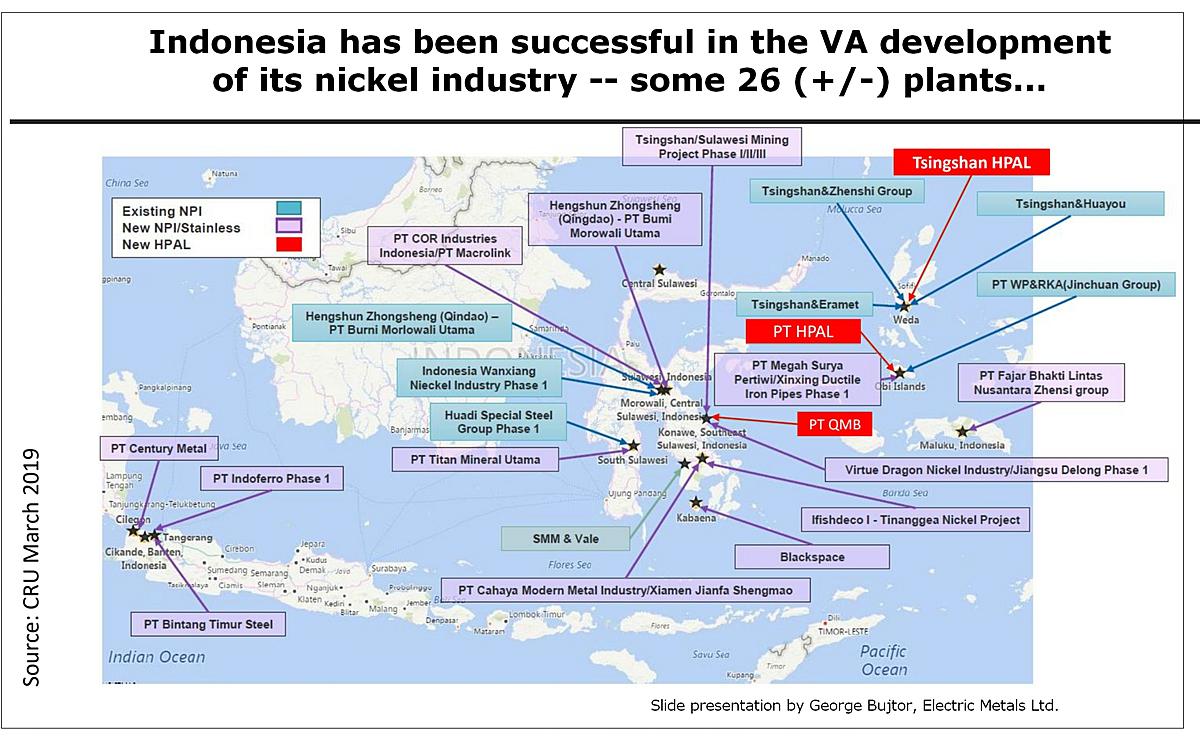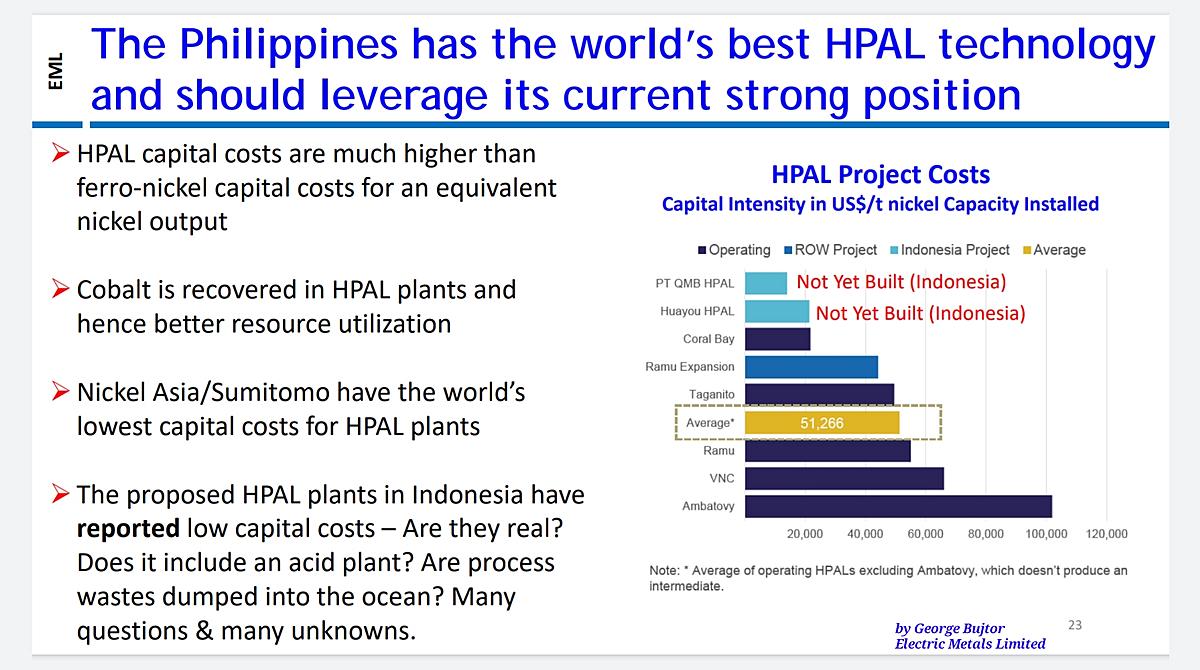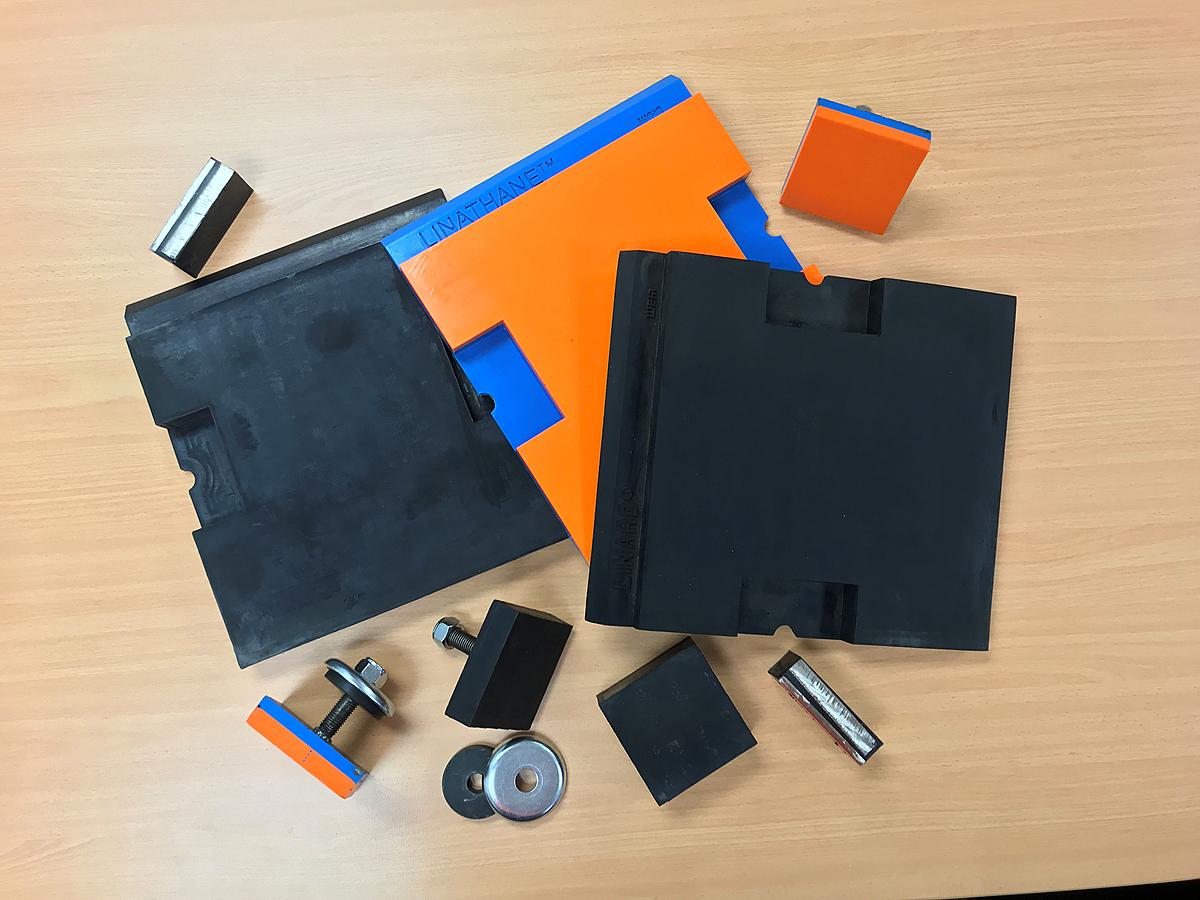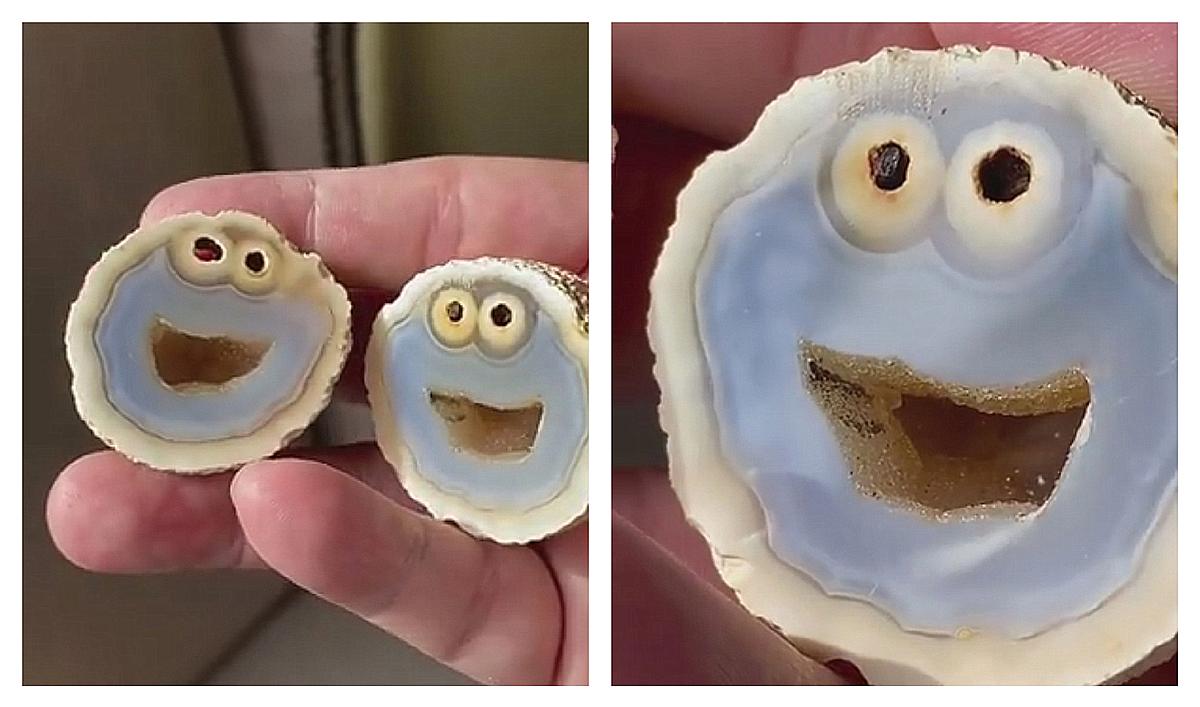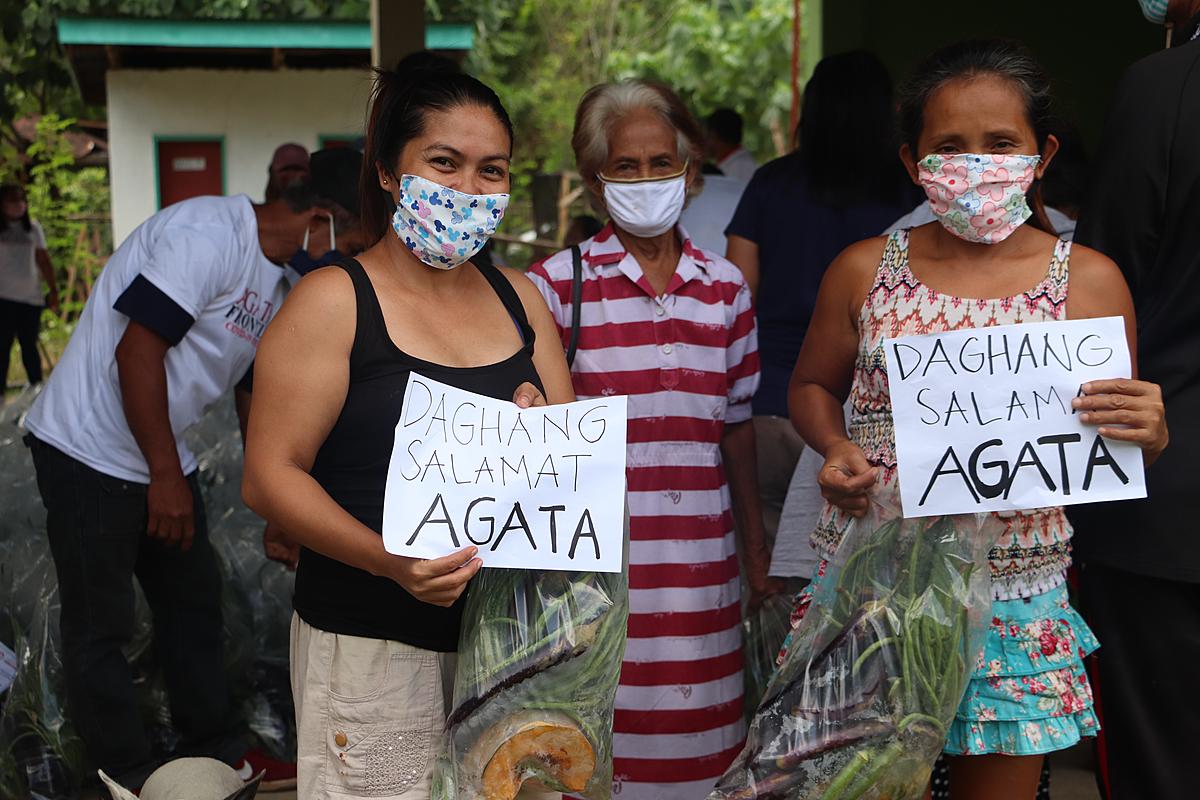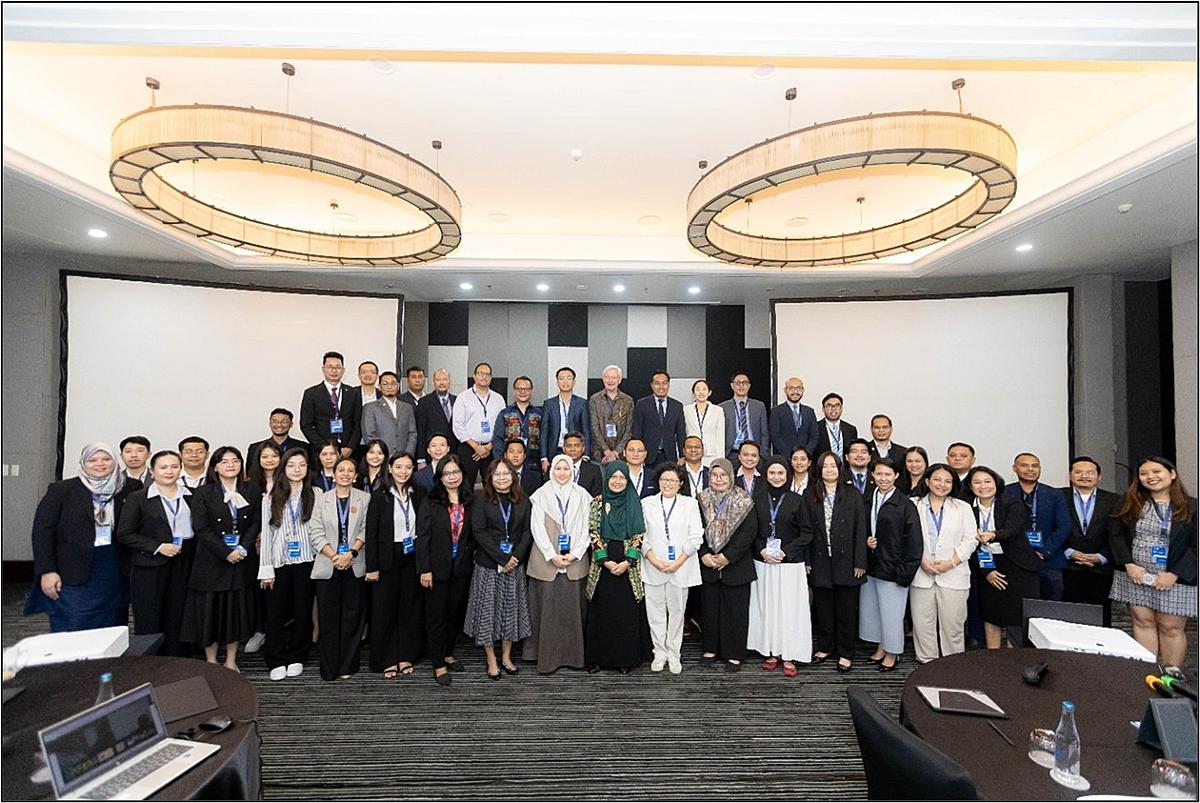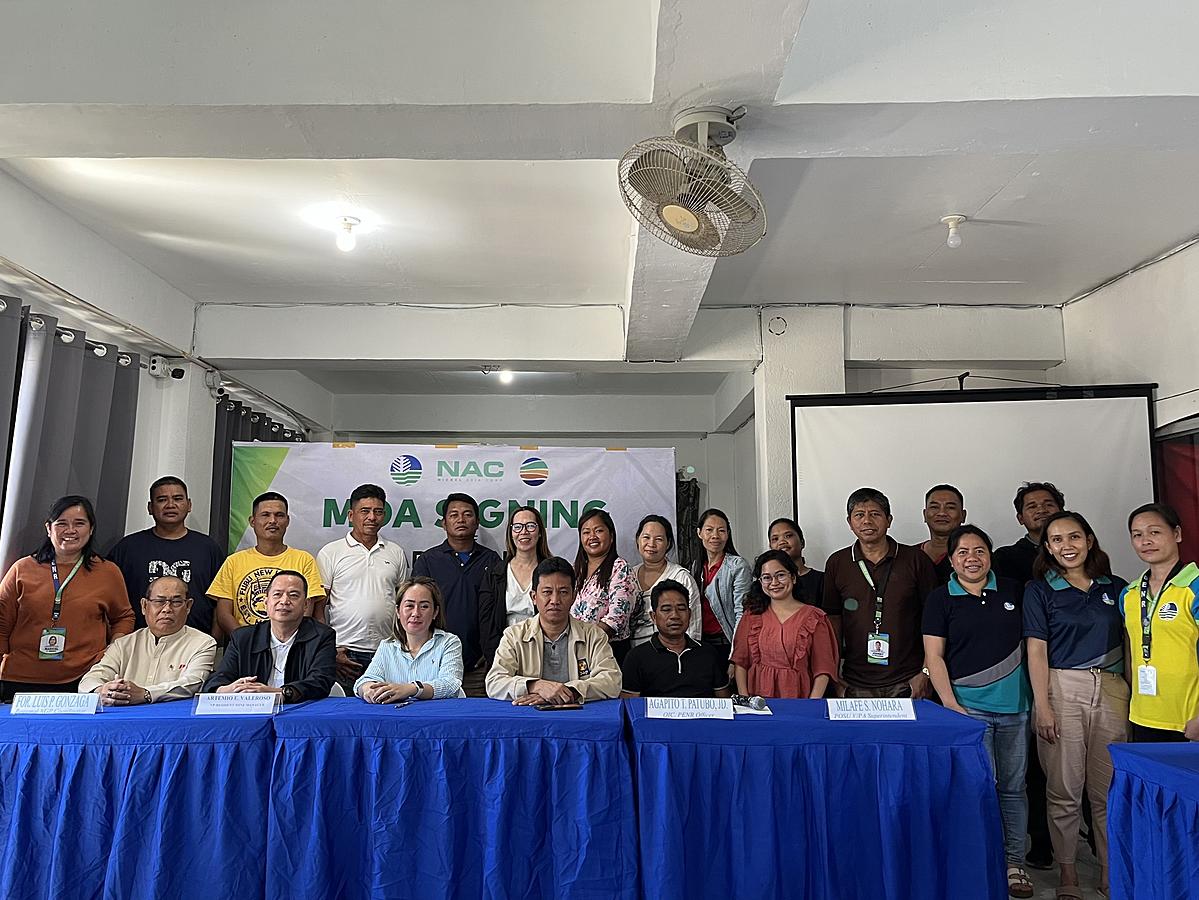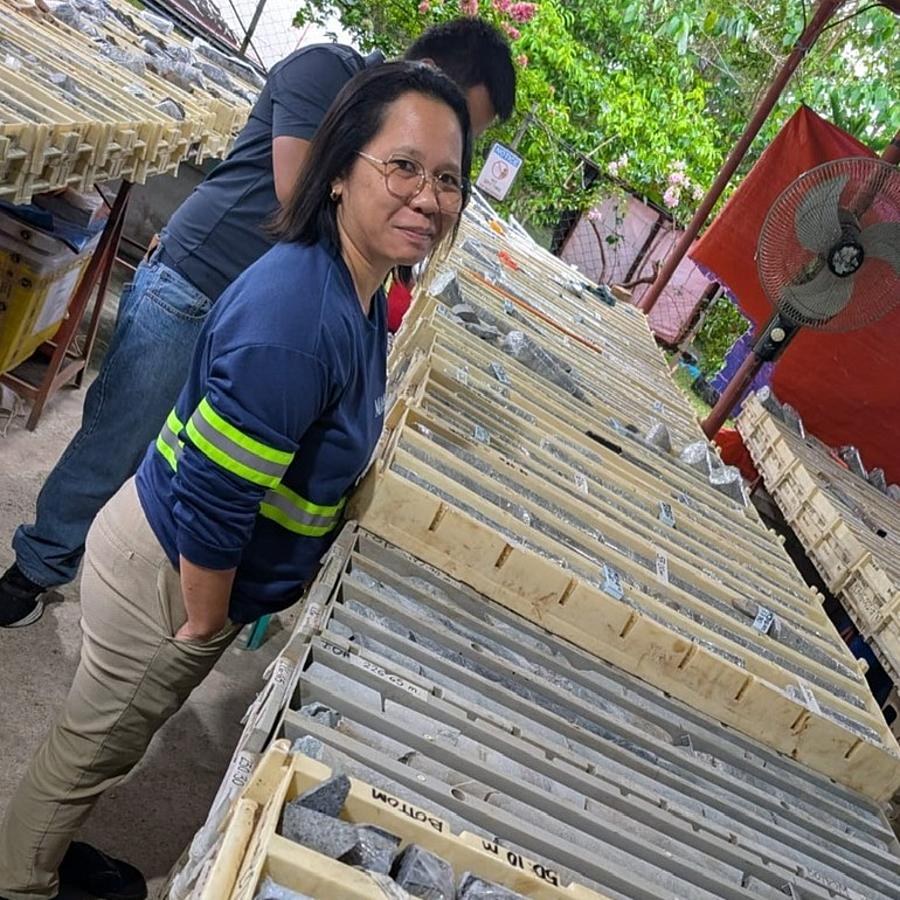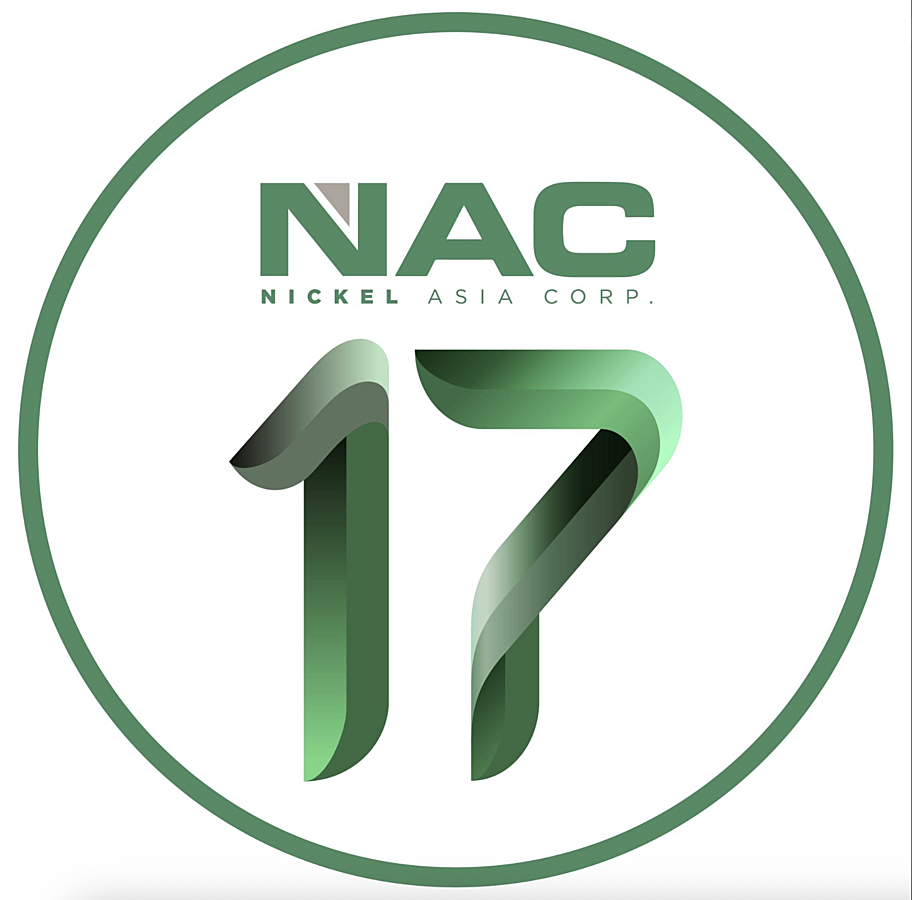“The Philippines is currently the leader in the hydrometallurgical leaching of laterite ores but will lose its leadership position in the battery raw materials sector if supportive mining policies are not put into place quickly... or if an export ban is not implemented quickly.”
(George Bujtor, 11 September 2019, Jakarta, Indonesia)
Last September, during the Asian Nickel Conference 2019 in Jakarta, Indonesia, Mr. George Bujtor (CEO of Electric Metals Ltd.) represented the Philippines through his report titled “Philippines: Regulatory Update and the Potential of the Philippine Laterite Ore” -- “How the Philippines was Surpassed by Indonesia in the Laterite Nickel Industry”. The scope of his presentation covered the following:
- Update on mining regulations in the Philippines
- Examining export volumes of nickel ore from the Philippines, and how these had been impacted by Indonesia’s exports
- Examining the viability of the Philippines’ laterite ore deposits and what this could mean for future production [1]
The Asian Nickel Conference is now on its 7th year. This year’s conference was held at The Ritz-Carlton Jakarta, Mega Kuningan, Jakarta, Indonesia.
Indonesia is known as the fast-growing hub for the global nickel market. The conference is a venue that brings together nickel, stainless steel and NPI producers, end-users, auto and battery manufacturers and industry experts. [2]
Mr Bujtor is an eminent mining executive with over 35 years of experience in the industry. He is an expert in the technical, financial and commercial aspects of mining operations, and projects across many commodity groups such as gold, copper, lead, zinc, tungsten, nickel, iron ore, chromite, magnetite sands, diamonds, coal, etc. He has extensive work experience in the past as General Manager and Managing Director in Rio Tinto, Australia.
He was CEO of Toledo Mining Corporation and developed the Berong Nickel Mine in Palawan. Currently, he is the CEO of private companies -- Electric Metals Limited (EML) in Hong Kong and PT Electric Metals Indonesia which are developing the innovative EML Process for the low-cost leaching of nickel laterite ores. This is the first of its kind in green technology in nickel processing, and he introduced this at the Asian Nickel Conference in Indonesia last September.
While many are optimistic about how the Philippines shall benefit from Indonesia’s upcoming nickel laterite ore export ban, there are certain angles of this situation that many do not realise. First, let us look into the situation of the Philippine nickel industry and how Indonesia is affecting us.
During his participation as a speaker in Indonesia’s Asian Nickel Conference, Mr Bujtor gave a comparative analysis on how the Philippines and Indonesia differ in handling the nickel industry. The Philippines has the fourth largest resource of nickel in the world, the fourth largest resource of cobalt in the world, and the world’s second largest producer of nickel units in 2017. Both the Philippines and Indonesia have the resources to dominate the nickel industry. How come Indonesia is taking the lead while the Philippines is behind the race?
According to the Fitch Group - Asia Mining Risk & Reward Index, “Philippines mining to remain among Asian’s laggards”. The Philippines ranks as the last (rank 13) among resource-rich Asian countries. The Philippines’ global rating is on the 45th rank. [1] A quote from the Fitch Group analysis states “The Philippines is characterized by weak mining reserves, poor regulatory framework, corruption and increasing resource nationalism… Political uncertainty will continue to impinge on growth and especially foreign investment.”
Furthermore, “The Philippines has been left behind as Asia’s mining sector continues to boast the greatest rewards globally with positive business environments, rich mineral deposits, supportive infrastructure and political stability in the countries holding the top positions in the mining index.”
How did the Philippine mining sector end up in this situation when we have the resources necessary to excel? Let’s take a look at the policies we have. In 2012, we have the implementation of the EO 79 which is still in place today. This is the moratorium on processing new mineral agreements until new legislation rationalizing existing revenue sharing agreements take effect. Then, the 2016 mining audits resulted in the closure or suspension of 28 mining operations. As of today, 13 mineral agreements have been canceled.
On the following year, there was an Open Pit Ban by the late DENR Secretary Gina Lopez.
The ban is still in place today. This entails a national ban on all open pit mining in the Philippines for copper, gold, silver and complex ores. (This excludes quarrying.) In 2018, (DAO 2018-03) DENR lifts the moratorium on the acceptance, processing and/or approval of Exploration Permit applications.
From Mr Bujtor’s presentation, he stated, “The Philippines has already been surpassed by Indonesia in developing its nickel industry, but the Philippines has the fourth largest resource tonnage of Ni-Co laterite in the world, comprising ~28 million tonnes contained nickel (~15% of the world’s total) [Reserves ~14Mt], ~1.35 million tonnes contained cobalt (~12%), and ~0.44 million tonnes contained scandium.”
“Regulatory turmoil and policy indecision has prevented the Philippines from developing its world-class laterite resources, and this is unlikely to change in the short to medium term.” [1]
Compared with Indonesia, “the Philippines has already ‘lost’ the race to Indonesia to become the world leader in Nickel Pig Iron production and stainless steel. Direct shipping of laterite ores has not benefited the Philippines and is not in the national interest.” [1]
However, the Philippines is currently Asia’s leading supplier of raw materials (nickel and cobalt) for the battery sector. Now, with the right policies, the Philippines could become one of the world’s leading suppliers of battery raw materials, including battery manufacturing, according to Mr Bujtor. [1]
Now, over the next 4 to 5 years, nickel demand growth will be in the stainless steel and battery sectors. Mr Bujtor said, “Indonesia will continue to dominate the NPI growth and investment. The Philippines will only be able to compete in the battery sector.”
The Philippines is one of two producers of the raw materials of battery in Asia. The other one is Papua New Guinea. In the Philippines, we have Nickel Asia and Sumitomo that control the Coral Bay and Taganito HPAL Plants for processing of limonite laterite ores. [1]
In comparison, Indonesia has benefitted enormously from its nickel laterite ore export ban. How? They have been successful in the value added development of its nickel industry with around 26 plants. [1]
“Tsingshan in Indonesia has invested over US$6B in integrated production facilities since 2014.”
Moreover, “NPI production in Indonesia is forecast to exceed 750kt nickel metal by 2023. Where is the Philippines?”
Indonesia’s export ban introduced in 2014 resulted in large investments in nickel plants due to access to laterite ore, coal and Chinese capital. “Investment to date is estimated at >US$12B with NPI production growing rapidly. NPI technology is readily available ‘off the shelf’. Chinese domestic production will decline for cost competitiveness and environmental reasons.” [1]
He further noted, “The Philippines has ‘missed the boat’ and will now never be able to compete with Indonesia in ferro-nickel production for the stainless steel sector -- an unfortunate missed opportunity.”
With Indonesia’s accelerated progress in the industry, how has that affected the Philippines? “Laterite nickel ore sales from the Philippines have peaked and are now in decline.” Here are some key points:
China is moving its NPI production to Indonesia for reasons of lower cost, higher saprolite ore grades, favourable tax incentives and less uncertain mining policies.
As Indonesia increases domestic NPI production, the need for laterite ores from the Philippines will decline.
No Chinese companies have shown any interest in investing in process plants in the Philippines. Why invest when you can freely export ores and avoid political uncertainty and poor regulatory framework?
The Philippines has permanently lost billions of dollars in investments because of the lack of an ore export ban.
Even though laterite ore is being converted into NPI in China, costs would be much lower in the Philippines without the need to export ores.
Philippine saprolite ores are low grade relative to Indonesia, but limonite ores are of similar grade with respect to nickel, cobalt and scandium.
Indonesia exports average ~1.65% Ni whereas the Philippines grades average ~1.2% Ni.
Much of the Philippine ores have been “high graded” and sold off at ~10% of the London Metal Exchange (LME) price for the contained nickel.
“In-country processing generates much more revenues than DSO exports, which could be worth US$4.1 billion per year.”
Therefore, what is the future for Philippine laterite nickel ores? Let’s look at the competitiveness of Indonesia vs the Philippines.
“Relative to Indonesia, the Philippines has no competitive advantage in ferro-nickel production. Indonesia has built power stations to provide electricity to its ferro-nickel industry. The Philippines has limited coal resources and a negative view of coal-fired power stations.”
Mr Bujtor added, “With past high grading and sales of saprolite ores, little high grade saprolite tonnage remains in the Philippines to produce low-cost ferro-nickel/NPI.”
“Indonesia has the advantage of having considerably higher saprolite ore grades and lesser environmental controls. These are the key cost drivers.” Therefore, in conclusion, the future for the Philippines is not in ferro-nickel or NPI. “The future of the Philippines lies in the processing of its laterite ores as battery raw materials,” he concluded. “The Philippines has the world’s best HPAL technology and should leverage its current strong position.”
For Part II of this article, we shall further discuss Mr Bujtor’s presentation on the Philippine’s potential if we make the right moves in leveraging its current strong position. We shall also discuss his company’s “EML Process” which was developed in the Philippines. This is like a heap leach process but adapted for the tropics and can treat all laterite nickel ores with the lowest carbon footprint. EML’s technology is a low cost breakthrough in leaching being the “greenest” of all nickel technologies with the lowest capital cost in the industry.
-----
You can read part 2 in this link:
What the PH can Learn from Indonesia’s Successful Nickel Industry – Part 2
by Marcelle P. Villegas
June 8, 2020
-----
Acknowledgement:
Thank you to Mr George Bujtor of Electric Metals Ltd.
-----
Reference:
[1] Bujtor, George. (11 Sept. 2019). “Philippines: Regulatory Update and the Potential of the Philippines Laterite Ore -- How the Philippines was Surpassed by Indonesia in the Laterite Nickel Industry”. Presented at Asian Nickel Conference 2019, Jakarta Indonesia
[2] Asian Nickel Conference 2019 website - Retrieved from - https://www.metalbulletin.com/events/asian-nickel-conference/details.html

